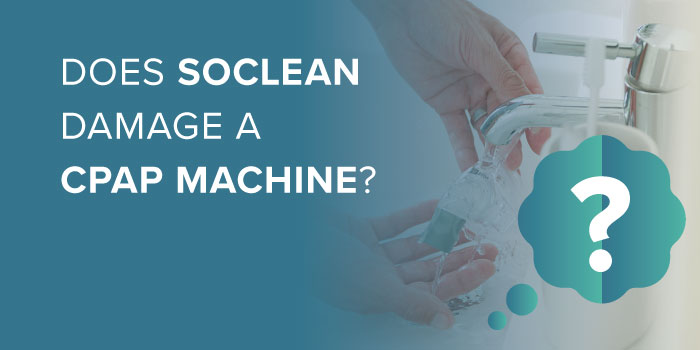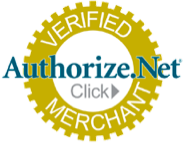Jul 1st 2022
Does SoClean Damage a CPAP Machine?

If you use a CPAP machine, you may already know that it’s essential to regularly clean and replace your CPAP parts and supplies. Many problems can arise from dirty and contaminated CPAP parts such as:
But can SoClean CPAP cleaners be causing damage to your CPAP machine? And if so, should you be concerned?
How SoClean Might Damage a CPAP Machine
Instead of water or chemicals, the SoClean CPAP cleaner uses advanced ozone technology to kill 99.9% of viruses and bacteria and sanitize CPAP parts (not the machine itself). You simply place your mask assembly intact into the device, press the button, and it’ll be clean before bedtime.
While the most common complaint from users is the lingering odor, some SoClean customers have reported problems with their CPAP parts after using SoClean cleaners for an extended period of time. Comments about discoloration and deterioration of the silicone seals have appeared in some customer reviews.
Why does this happen? The ozone gas that SoClean cleaners use may, over time, possibly cause minor disintegration of the silicone seal. While this should not affect the CPAP machine, it may lead to minor leaking of air, which can decrease the effectiveness of your CPAP therapy. The majority of CPAP users that replace their CPAP mask and mask parts regularly may never experience this issue.
Another concern with SoClean is potentially breathing ozone gas. Ozone, which is the term for activated oxygen, is highly effective at killing bacteria, germs, and mold. However, you don’t want to breathe ozone, even in relatively low quantities. Make sure to follow the manufacturer's guidelines before using this product. Keep in mind that the Food and Drug Administration (FDA) has not authorized the use of ozone cleaners for CPAP machines because of their potentially harmful effects on the body.
ResMed, the manufacturer of many popular CPAP machines, updated their warranty recently to exclude coverage for damage caused by ozone.
Options for Cleaning Your CPAP Machine
Remember, it’s critical that you keep your CPAP machine and all its parts clean on a regular basis. It’s the only way to protect yourself from bacteria, germs, molds, smells, mucus, and minerals that can build up in a short amount of time. Keep yourself healthy by keeping your CPAP supplies and parts clean.
While it may not be as quick and easy as using a SoClean CPAP cleaning device, basic soap and water is the best way to clean your CPAP machine every day (or, at the very least, once a week). It’s extra work, for sure, and does indeed require consistent attentiveness to care for all the parts of your CPAP machine. Regular cleaning along with using distilled water and replacing the filters every few weeks, the average CPAP user should see relatively long life for their machine — typically about five years.
Other devices such as the Lumin CPAP & Mask Cleaner use UV light to kill 99% of harmful bacteria, germs, and mold that may be living on your CPAP parts.
It is also important to note that thousands of customers say they’re perfectly satisfied using a SoClean cleaner for their CPAP, citing no complaints about damage. As long as you’re aware of the potential risks — as minor as they may be — cleaning and sanitizing your CPAP with a SoClean device appears to be a generally safe option.
Explore CPAP Cleaning Options
Shop all of our cleaners, sanitizers, and supplies that work for you.











